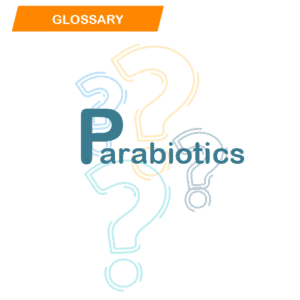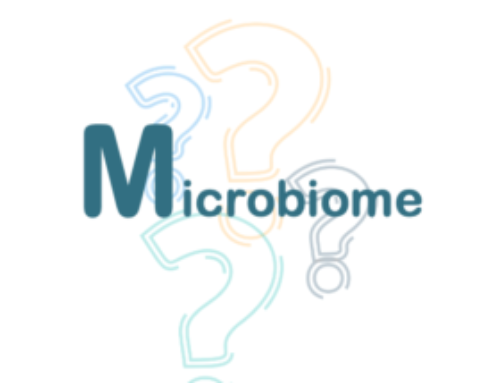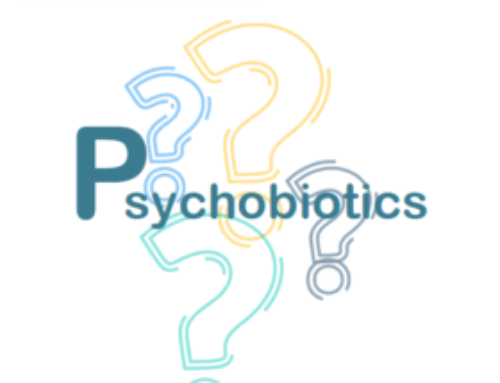 Several names can be attributed to them: parabiotics, paraprobiotics, ghost or inactivated probiotics.
Several names can be attributed to them: parabiotics, paraprobiotics, ghost or inactivated probiotics.
This is an emerging concept in the field of health nutrition. They can confer a range of health benefits to the host, just like probiotics.
Definition of parabiotics
Its definition is close to the probiotics one according to the WHO and the FAO. Only few modifications have been made. They are therefore “inactivated (non-viable) microbial cells which, when administered in sufficient amounts, confer benefits to consumers“.
Thus, parabiotics are inactivated/dead/non-viable microbial cells of probiotics, intact or broken, containing cellular components of probiotic cells upon lysis, such as teichoic acids, peptidoglycans derived muropeptides, protein appendages (pili, fimbriae, flagellum), polysaccharides such as exopolysaccharides, cell surface proteins, cell wall biosurfactants, etc.
For example, tyndallised heat-killed probiotics, are considered as parabiotics. The live bacteria inactivation can be achieved by different methods such as heat treatment, chemicals, gamma or ultraviolet irradiation or sonication.
Parabiotics have been the subject of some studies to highlight their health benefits. For example, they would be able to modulate immunity or have anti-inflammatory properties.
Although we are in the early stages of development, they will most certainly be able to show many beneficial effects for their host. To be continued…
LC
Reference
Picture: Freepik




